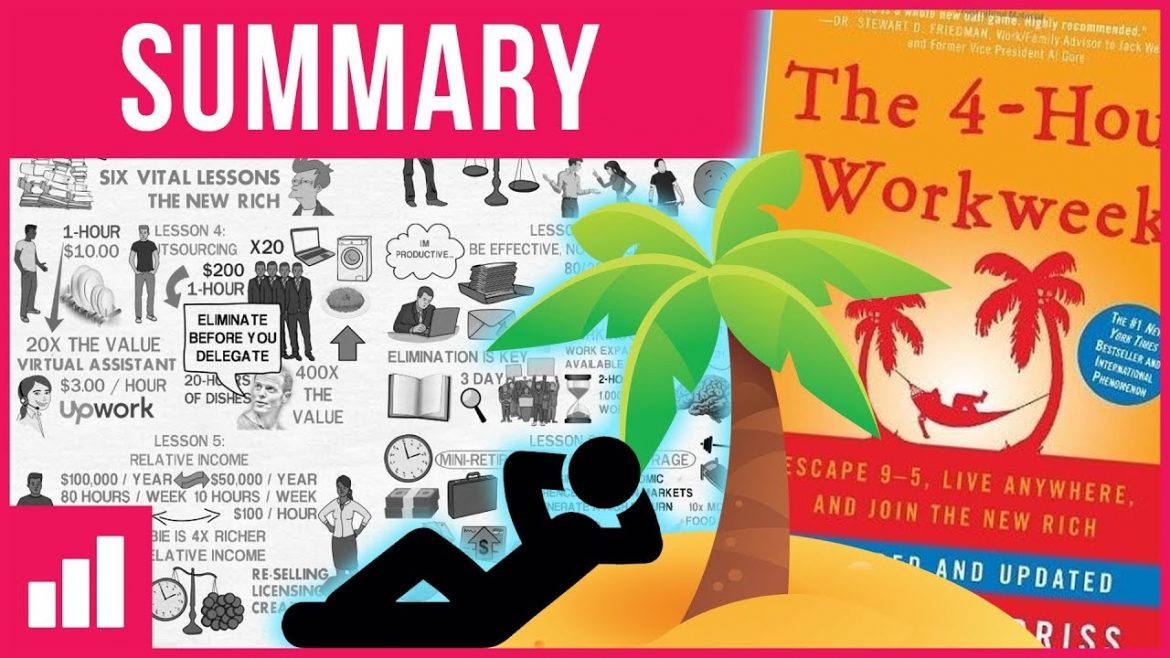First off, I need to preface this by saying I am in NO WAY suggesting you skip reading the book. It is amazing, along with The Tim Ferris Show podcast. Ferris’s comical approach combined with real and raw stories keep a longer read interesting.
I have said it, we 100% recommend the book. We also recommend you follow his action steps and journal along with it for the Q&A section. You will walk away with so much more and a direction for your endeavors.
Here are our 5 steps we put into practice on a daily basis that have changed our productivity both at work and at home. Not only this, but I feel much less stressed and concerned about “might’s” and that god awful paperwork that most teachers are subjected to.
1. What could go wrong?
Seriously. Define your nightmare. What is it? Your spouse cheating, your cat dies, you can never take another photograph, your company goes down in flames, someone sues you…your bitcoin is stolen. Define every disgusting gritty detail. It is horrible and awful and requires whiskey or wine.
Ferris will also have you define the why. Why are you so frightened of those things? What is the root of it. He asks you to think beyond the obvious…Abandonment, betrayal etc.
Then, take a breath hopefully you have picked up a copy of his book by now and you write down what you would do if the worst of the worst happens in every aspect of your life. What would you do. Having a plan B is surprisingly uplifting and allows one to see that the “worst nightmare” is never the end.
This also alleviates anxiety. I would do this for both the personal and the passion projects or jobs.
Consider This:
- Define the Nightmare for each area of your life
- Ask the Why and be honest
- Define the Plan B
- Take a Deep Breath and let the anxiety roll of your back
2. F this S….you seriously don’t need to do it
You know that insane stack of paperwork someone once said you had to do but no one ever looks at it?? Well guess what, don’t do it. Do not do it, until it’s due. Give yourself short and managable time contraints so you are not constantly fiddleing around waiting.
Being busy is a choice. Productivity and busy are not mutually exclusive. In fact, they have a very open relationship, and busy simply likes to fill your time.
Do not get me wrong, we like to be busy. This is because for years we have equated being busy with being a hard worker, contributing, doing your part….but most importantly if you are busy you cannot ever be called lazy. In our culture this ranks with the swear words and is considered a huge insult.
Busy is a form of laziness. It typically means we are filling our days with mundane tasks instead of tackling the big ones that really need to happen.
You know, pull yourself up by the boot straps, DIY, make your own this and that. I am all about a good DIY project when it is worth BOTH my time and energy, including stress.
Yet, productivity and laze can have a mutually exclusive relationship according to Ferris.
So, get that notion out of your head of the need to be busy, do not fill time because you think you should, leave that stack of paper work until the day it is due. Short time constraints mean you will work faster and more focused.
Consider This:
- Set Short Deadlines
- Accomplish only what needs to be done THAT day
- Look at your own assumptions about being busy
- Decide what keeps you most “busy” and see if the next steps will help
3. Batch your mundane and time consuming tasks
Before reading this book, I was that person who checked their work e-mail about 8 times a day if not more. I would check it at 5:30 am while I was drinking my coffee, before I headed out the door and then again when I got to work…so on and so on.
E-mail is one of the most time consuming tasks I currently have in my life. According to Ferris is takes us approximately 45 full minutes to switch our brains from task to task while being the most efficient. This means I am sucking my energy for the day by constantly checking it. Not to mention what a bad idea it is to check your e-mail in the morning.
Ferris suggests that you batch you mundane or time consuming tasks. Here a few examples of how I put this into practice in both a personal a professional way.
- Check E-mail only twice per day. Once at 11:00am during my prep and once at 3:00pm before I leave. THAT IS IT. Do not try and fill those minutes by sitting down and checking your e-mail. If you think this might be a problem at your particular place of work refer to the book on templates for auto responses or how to approach your supervisor.
- Pay your bills on the same day. Set your credit cards and everything to come out the same day as well. That way when you set a date to do the budget you are not sitting around waiting for the Chase payment to come out. Check you accounts, pay them all, leave it at that. Plus, if you have personal capitol on your phone what are you even doing spending time paying individual bills at different times.
- Collecting Data or other “Paperwork” tasks. Find a way to automate a task that typically takes time. Can you have individuals complete a survey or google form instead of a e-mail chain or meeting? Can you organize your needed “evidence” into Google Folders so you can share and keep everyone updated in real time. Use technology to your advantage!
- Dates, Appointments and Scheduling. Again if it was work related use something like a Survey Monkey or Doodle to set appointment times. For your personal life, set a specific evening/afternoon to schedule any needed appointments that month from your massage to your dentist or anything in between. Do not make this the same day as your bills, remember the rule of how long it takes your brain to switch tasks. Ferris suggests to pay a for foreign company to complete these tasks remotely.
- Grocery Shopping. If you have not already it is time to start making a list and sticking to it. If you want to be very efficient, use Fred Meyer’s or Safeway’s online system that lets you put in the list, pay and then pick up so you never have to wander the store.
Consider This:
- Define your “busy” and time consuming tasks- spend a few days monitoring your behavior to see what you spend time on
- Find a method or way of batching these tasks (See some suggestions above)
- These tasks are ones you do day in and day out…things you have to do.
4. Get everything done before the Witching Hour
Not the actual witching hour…. for some of us is all day long. Hehe! Ferris states that your most important tasks need to be done before 11am. You are most productive in the morning and will also be the most focused.
Make a list at the start of the day of your most important tasks. Ask yourself, would you be productive or happy if you got that list done? Tackle that list before you do anything other than drink your coffee and meditate. Save the batched mundane tasks for after 11am.
This also means getting up early and getting started. I wake up at 5:30am when I am on a normal working schedule and HisFI at 6:00am. The BEST purchase we made in 2017 was a Phillips Alarm clock that simulates a sunrise. No joke, this changed my entire morning routine. I am not dragging myself out of bed. Wake Up, Brush Teeth, Hair and Makeup, Coffee, Mediate, List of Tasks,Social Media Share, Dress, Out the door to work by 6:45am.
What you do is more important than how you do it. Keep this in mind as you problem solve for the day and come up with that list of tasks.
Consider This:
- All essential work or tasks need to be done before 11am if possible
- Create a list every morning of what you will accomplish during this time
- All mundane tasks need to be batched after this time, including paperwork and e-mails.
5. The 80/20 Rule
Say it out loud…”80/20″…”80/20″…”80/20″ until it becomes your mantra.
This rule is basically saying what gives you the biggest bang for your buck. It’s there to cut down the extra into a lean machine operating at maximum efficiency.
Consider this:
- What 20% of my efforts result in 80% of my desired results?
- What 20% of people are creating 80% of my stress?
- What 20% of my actions result in 80% of my happiness?
- What 80% of my tasks at work result in 20% of my job?
Don’t be afraid to switch the numbers around, 80/20 or 20/80, until you have thought of everything that is applicable to your goals. Once you have thought through multiple examples, then it is time to eliminate the fat and prioritize the 20% of your most productive tasks to achieve 80% of your goal.
With this mindset in place, you’ll be amazed to see your productivity soar and your ability to achieve your goals so much easier.
Pick up your own copy here with our affiliate link.





7 comments
Great post. I loved Tim’s book and this is a good summary of easy actionable tasks you can do right now. Keep up the good work!
Thank you! Writing this was a good refresher for us too. Tim’s book has lots of good info worth remembering.
I gave that book away, doh! And then I keep trying to remember bits of it. This reminder is very useful. Do I now need a Phillips Sunrise clock? For us it’s a time waster checking all the FI blogs on the phone before it’s even time to get up (ban Steve Jobs’ creation from the bedroom…) I need to go live in BA like Tim, better check my 80/20.
This was the original FI book for me. I wish I had internalized it earlier. Your post has motivated me to go back and give it a read again. A classic.
Amazing! Thank you for your feedback. I am glad it was a needed reminder. The book was so full of ideas it took me a long time to read….and re-read. We also love his podcast. It is very inspiring in a totally different way than the book and his line of questioning is superb. (Terry Crews interview is compelling for sure)
I’ve read 4 hour workweek, but this is a great reminder of some really good tips. Need to implement them again. Number 1 especially. Sometimes I worry I wont hit my FI number and then have to work a few extra years, but it really shouldn’t create this much anxiety.
We love a quote that Tim Ferriss references often. “We suffer more in the imagination than in reality” -Seneca
This is so true, our fears are often never rational. Sometimes you just have to take a step back and put the fear into reality to see if it’s actually founded or not.